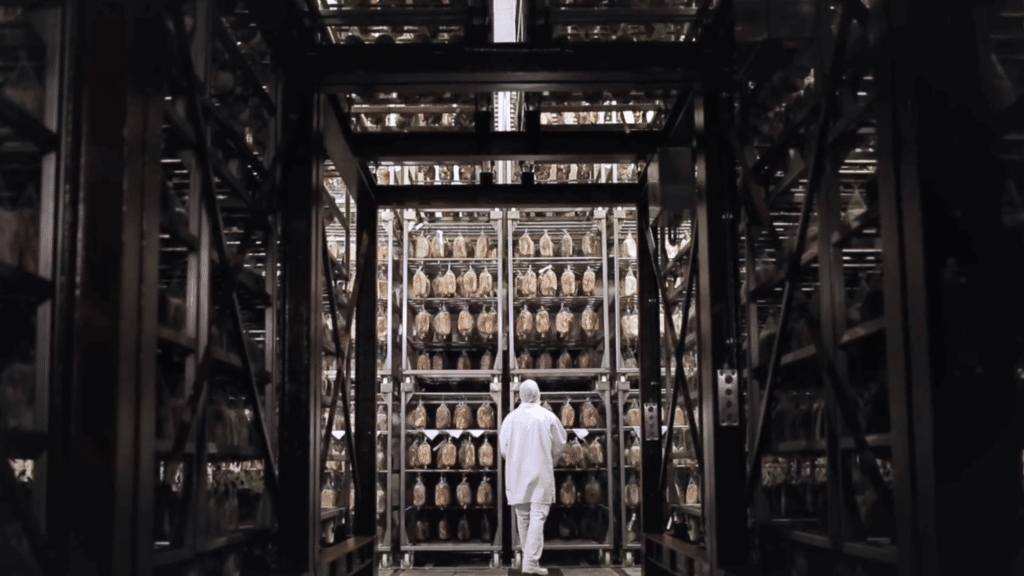Annual EBIT improvement
Turnaround of Two Plants for Major Logistics Company
A leading German logistics service provider faced critical losses at two of its automotive supply locations, while also struggling with organizational constraints. Together with EFESO, the company transformed its operations from centralized decision-making to shop floor-driven excellence. This comprehensive transformation touched 23 locations, establishing sustainable operational improvements across the organization.

Our Client
This logistics service provider specializes in production supply for automotive OEMs in Germany. The company operates primarily in logistics services including warehousing, transport management and production supply chain operations. With a strong footprint serving premium automotive manufacturers, the organization provides critical supply chain infrastructure for high-performance vehicle production lines.



The Challenge
The logistics provider needed to transform from an owner-dependent organization into an autonomous company that could demonstrate operational excellence.
- Critical financial losses at key facilities: One of its facilities was burning through cash, with -€3.5 million EBIT annually, while a newer production supply source faced startup operational issues and mounting losses
- Organizational structure impediments: The company was held back by an inefficient organizational structure with split responsibilities, too many managing directors without clear accountability, gaps in critical functions and personnel misalignment–where employees weren’t filling their expected roles
- Operational dependency and trust erosion: All decisions flowed through the owner, preventing shop floor autonomy. One customer had lost trust in the operations and an unbalanced contract placed all quantity risk on the logistics provider
Real Results Achieved Together
The transformation fundamentally restructured the organization while delivering immediate financial turnaround at critical facilities. Working alongside client teams, EFESO helped to establish shop floor-driven continuous improvement capabilities across the entire operation.
Total savings over contract period
Annual savings achieved
Transformation Impact
- Established autonomous shop floor management with daily meetings and defined KPIs, driving continuous improvement
- Restructured organization from fragmented units into four balanced business units with clear accountability
- Restored customer trust through contract renegotiation and operational excellence delivery

Our Approach
The transformation began with assessments at two locations, to address immediate financial hemorrhaging while building the foundations for company-wide change. Teams developed an OpEx strategy, breaking strategic targets down to shop floor KPIs and creating clear line-of-sight from individual team members to management board level.
The logistics reference model was built as a practical tool, combining technology databases with predetermined time measurements to enable accurate process costing and informed, automated decision-making. Organizational redesign consolidated fragmented managing director roles into four balanced business units based on regions and automotive specialisms.
Central OpEx functions were established in a matrix structure to drive continuous improvement. Implementation included shopfloor boards, daily meetings and cascaded review cycles to ensure continuous improvements rather than year-end rushes. Knowledge transfer happened through manager coaching and hands-on implementation support, with teams working directly on contract renegotiation with the customer to rebalance risk and rebuild trust.



Facing Similar Logistics Operations Challenges?
- Burning cash at critical facilities or facing decision-making bottlenecks with senior leadership
- Seeing the potential for shop floor excellence but lacking the structure to release it
- Let’s explore how operational transformation can deliver both financial turnaround and organizational independence










